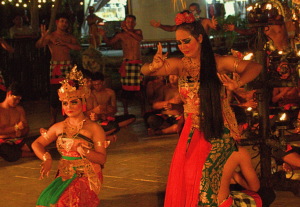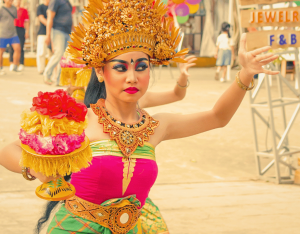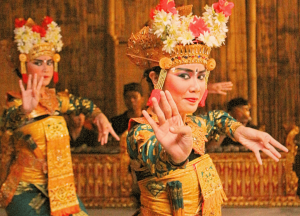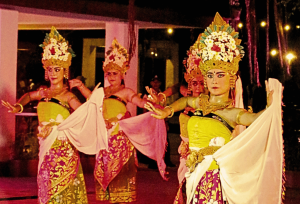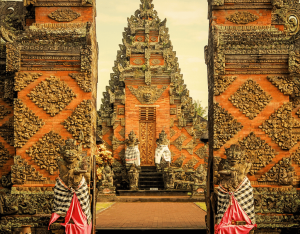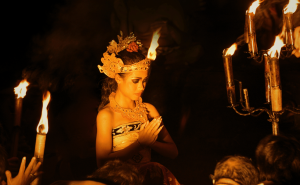In Balinese dance, every gesture is intentional a language of the body that tells stories of gods, nature, and the soul. To the untrained eye, it may seem simply beautiful, but behind the elegance lies a complex vocabulary of movement that reflects centuries of cultural and spiritual depth.
Among the many intricate elements of Balinese dance, three stand out as its core foundations: mudra, seledet, and agem. But what do these movements truly mean and how do they shape the identity of Balinese dance?
Mudra: The Language of the Hands
In Balinese dance, the hands do more than move they speak. Mudra are symbolic hand gestures used to convey emotion, intention, and meaning. Unlike Western dance, which often relies on broad, dramatic movements, Balinese dance communicates with refined detail and precision.
Each finger position carries significance, representing elements of nature, characters in mythological stories, or sacred offerings. A well-executed mudra might symbolize a blooming flower, a divine blessing, or a magical transformation. Learning to shape these gestures with clarity and grace is essential to mastering the art.
Seledet: Expression Through the Eyes
One of the most mesmerizing features of Balinese dance is seledet the sharp, darting eye movement that brings focus and emotional intensity to the performance. It can appear as a sudden flick or a slow, deliberate gaze, depending on the character being portrayed.
But seledet is more than a technique; it is a way of drawing the audience into the dancer’s inner world. The eyes become storytellers, often synchronized with the rhythms of the gamelan, guiding the mood and direction of the performance. This unique element gives Balinese dance its hypnotic and unforgettable power.
Agem: The Foundation of Form
Where the hands and eyes express, agem grounds. It is the body posture that sets the tone of the dancer’s presence. Strong, angular, and perfectly balanced, agem is the foundation from which all other movements arise.
Every style of Balinese dance begins with agem a posture that reflects the dancer’s character, energy, and spiritual intent. It may be soft and flowing or strong and assertive, depending on the role and emotion being portrayed. In this stance, dancers embody both stillness and readiness, channeling inner focus into outward grace.
Feel the Dance, Learn the Meaning
At Sawelas Nusantara, we invite you not just to watch but to experience Balinese dance for yourself. Through our workshops and live performances, you’ll gain deeper insight into the movement vocabulary that defines this sacred art.
Whether you’re joining a class or witnessing a performance, each step, gesture, and glance will unfold with meaning. You’ll come away with a richer understanding of how Balinese dance connects the body, mind, and spirit.
Dance in Bali is more than performance it is storytelling, prayer, and cultural tradition brought to life through motion.
📍 Visit us at Bali Collection, Jl. ITDC Nusa Dua Lot BC, Benoa, South Kuta, Badung, Bali
📅 Join our workshops and witness the beauty of mudra, seledet, and agem come to life.
Let your eyes, hands, and body discover the spirit of Bali one movement at a time.
